I bought this lens last week from YL Camera Pudu Plaza for RM1.3k++ . This is ultra wide angle lens produced by Samyang, a Korean based company. If it fitted on a DX / APS-C camera, the effective focal length will be around 21mm. This is also a prime lens, which means that it cannot zoom.
Samyang 14mm f/2.8.
I have decided to buy this lens after reading a lot of reviews regarding the performance of this lens. In general, Samyang is known for making cheap lenses with par-to-par performance with the lenses manufactured by well known company like Nikon, Canon and Carl Zeiss. How do they offer that price? Maybe they cut off the cost by not including the auto focus mechanism in the lenses. As a comparison, the same lens produced by Nikon will costs around RM6000.
Below are my findings and verdicts on this lens, after using it for a week :
1) Very-very wide angle of view. 14mm is so wide on a full frame camera like mine. If we used DX cameras, we need at least 10mm to achieve the same FOV (perhaps with different perspective).
2) Manual focusing. To some of us who are used with auto focusing lenses, then it's time to practice. But it's not really a problem though with this lens, as the depth of field is so big that it can be focused precisely to get a sharp image. This is where I practiced the focusing technique called hyperfocal distance focusing. Simply remember a formula, or a table that relates the aperture used and focusing distance, then set it up.
As an example, I set the aperture at f/8, and according to the table/formula, the hyperfocal distance is 1 meter. So, I set the marking distance on the lens at 1 meter, then freely shoot anything within that distance. The result is that the half of that distance (0.5 meter to infinity) will be in focus. Simple isn't it?
Get the table HERE.
3) Auto Exposure (AE). My version of lens is equipped with CPU chips which make the process whole lot easier. I can use the metering in camera to get the right exposure, focusing confirmation dot in the viewfinder, get the EXIF data, using other modes like S, A and P, and also use my flash's TTL features. So far from what I know, only the Nikon version was equipped with CPU contact, while other version of Canon, Sony etc. don't (it is sold separately).
4) Heavy vignetting at wide open and only denounced at the optimum aperture of f/8 to f/11. This might be the drawback of this lens. But not really a problem though if it used for nightscape or to add the dramatic feeling to the picture. It can be corrected though during post processing.
5) Sharpness. The same case with number 4, as it is sharp at f/8 to f/11. But still acceptable though at wide open. Even it is way much sharper than Canon and Nikon's 14mm (from some reviews).
6) Distortion. It is unavoidable for an ultra wide angle lenses. But for this lens, there is also another kind of problem, which is called as moustache distortion where suddenly at the middle of the picture got a "fisheye" kind of effect. This is obvious if the lens was used to shoot architecture or straight lines and patterns, but almost unnoticeable for landscape shooting.
Samyang itself also had produced a lens profile for this lens so that it can be corrected in Adobe Photoshop CS or Adobe Lightroom.
7) Design and outer finish. Looks pretty tough and solid. Just the issue that need to be highlighted is that it is a rectilinear lens which got a convex front element. With this nature, no protection or UV filter that can be fitted, so need to be careful with that. The only thing that makes relieved a bit is that it got a fixed lens hood (plastic) that at least can protect the front element from being damaged if something unwanted happened.
Landscape shooters may feel uneasy a bit as it cannot fit any creative filters so they have to find other alternatives to imitate the effect of it (What I got in mind for slow shutter is to use black card technique). Or some creative fellas can try to design something to be fitted in the rear element of the lens (Try at your own risk).
Below are the pictures that I took with this lens so far :
I have it corrected using Adobe Photoshop Lens Correction.
That piles of sandals and polysterin box are just less than a meter from my legs.
Taiping Bus Station.
Taiping in town.
Times Square, KL.
HDR - Truck.
Times Square Musolla.
Crossing Bridge, Pudu. This is one of the very first pictures I captured using this lens.
Conclusion? I gotta love this lens, and might using it much for my Skyscapes shooting this year. And also sometimes for street cityscape photography. If you guys are looking for a budget ultra wide angle lens with good image quality and you have a fullframe camera, then this lens is the best choice.
Thanks for your time.

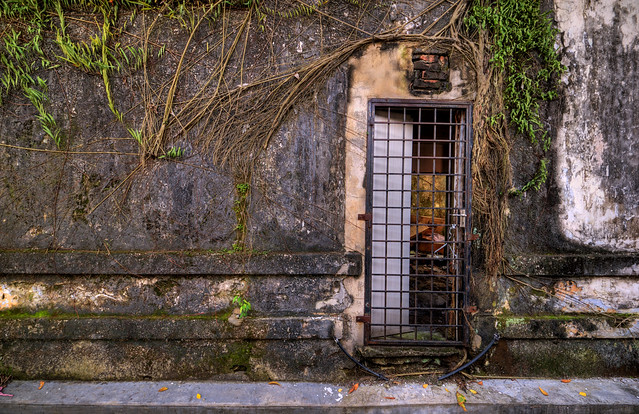
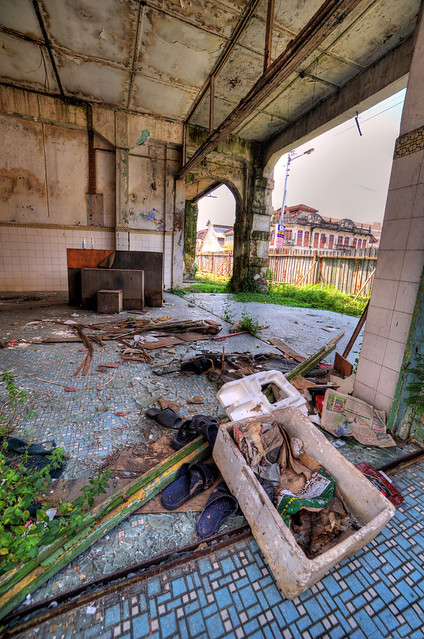


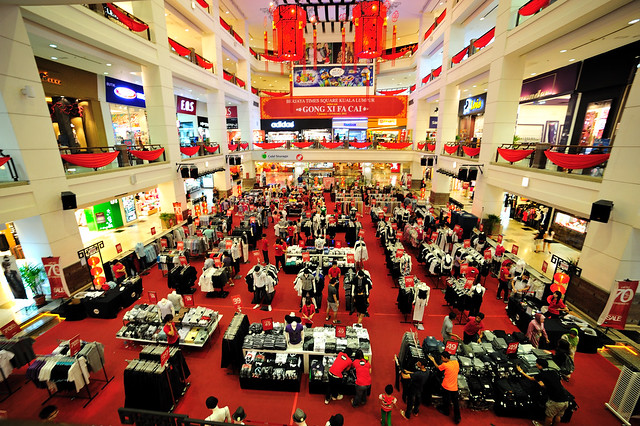
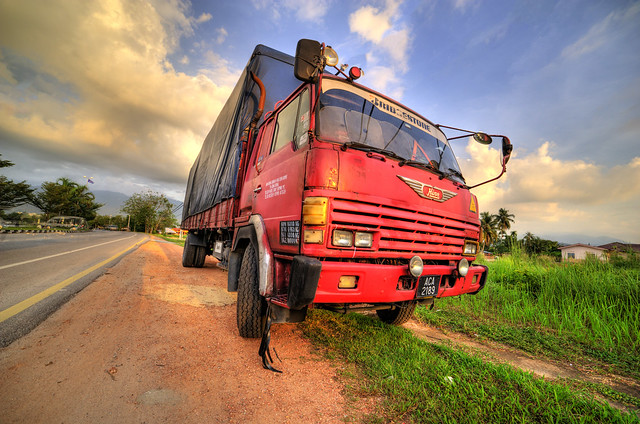
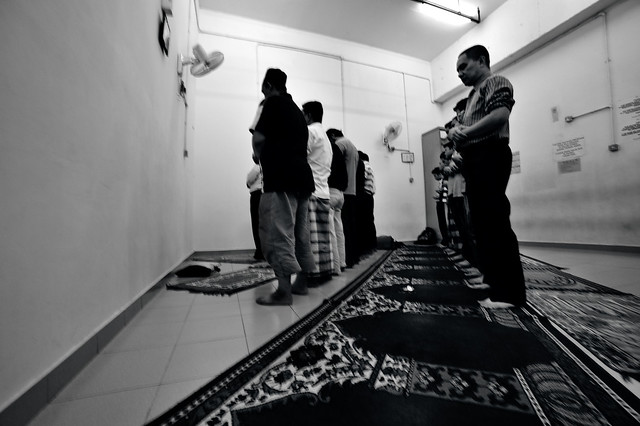

2 comments:
Thanks for sharing, bro!
good writeup. gotta get one soon!
Post a Comment